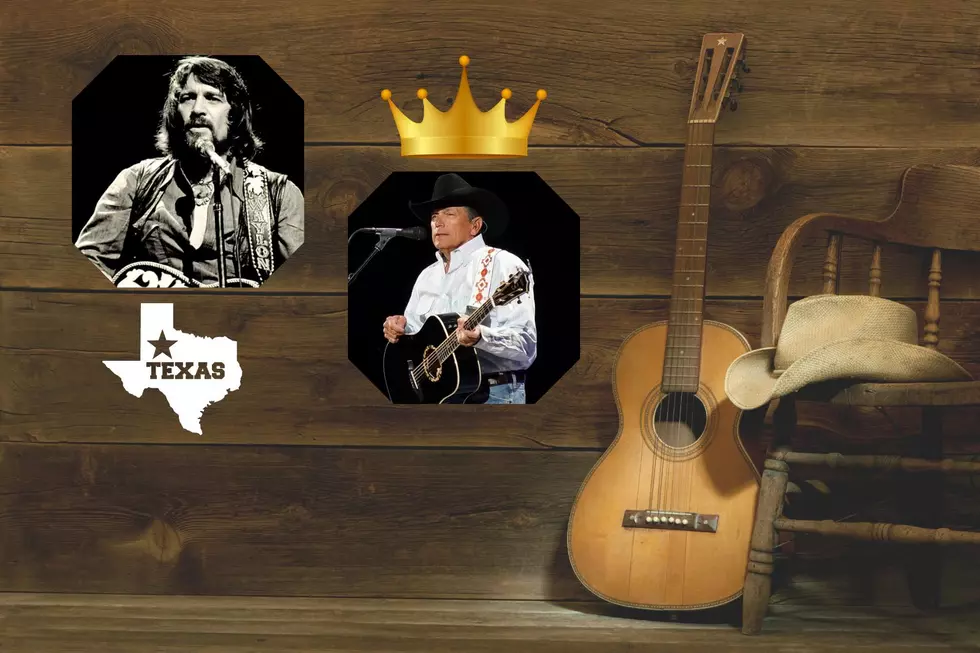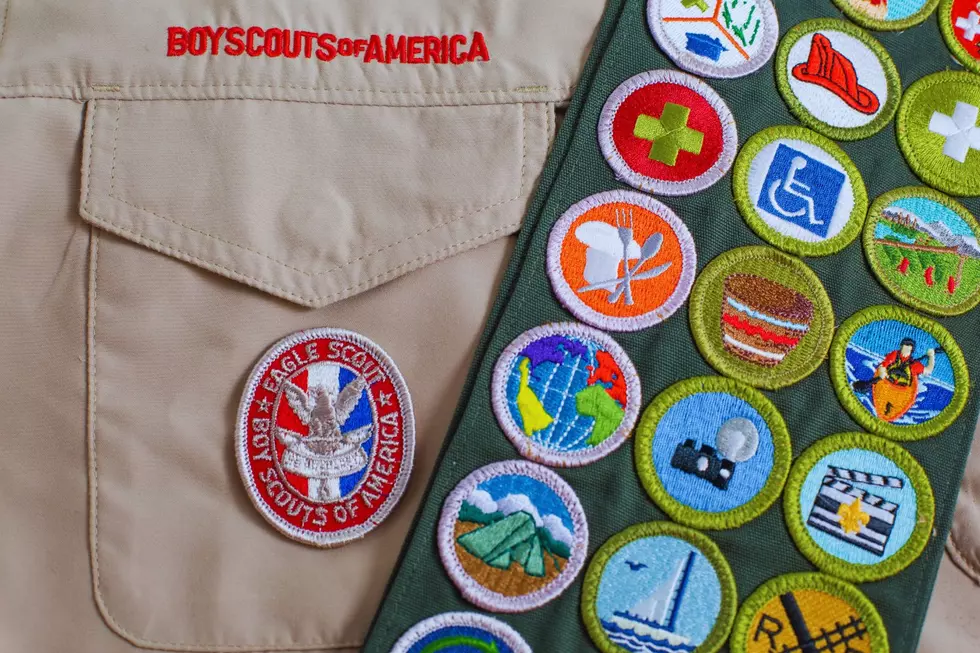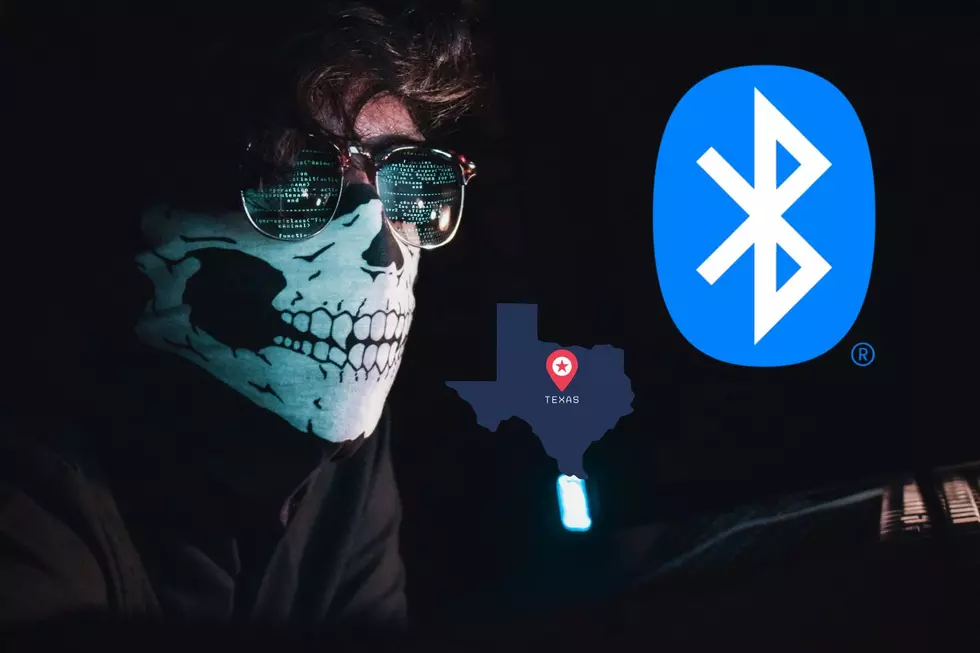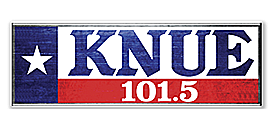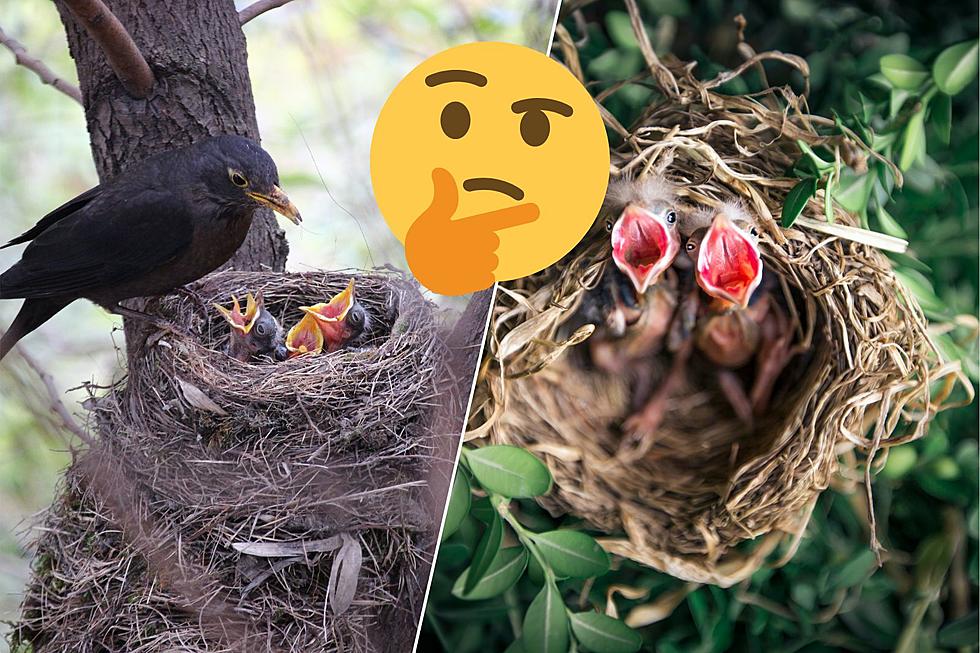
Can Removing a Bird’s Nest in Texas Get You Into Legal Trouble?
During the spring and summer time in East Texas, we like to get outside and start some projects to improve the yard around our house. It could be as simple as planting a new flower bed to as complex as cutting down some dead or unwanted trees. One thing you might notice in a tree you're trimming, or even the bushes around your house, is a bird's nest with three to four eggs in it. The mother may not be around but she certainly has not abandoned those eggs. However, some will feel the need to move that nest thinking they are doing the right thing. It does bring up an interesting question, is it legal to move or destroy a bird's nest in the state of Texas? The answer may surprise you.

Is it Illegal to Move or Destroy a Bird's Nest?
It's a question that I don't think anyone would even think to ask. I was taught that if i see a bird's nest with eggs in it, or even newly hatched eggs, that I should leave it alone and let nature do its thing. I mean, that is their home. Leaving the nest alone would just be the right thing to do. I would never think there could be some legal ramifications if I were to remove or destroy the nest. The thing is, there is. It comes from Chapter 64 of Parks and Wildlife Code which you can read below:
Sec. 64.003. DESTROYING NESTS OR EGGS. No person may destroy or take the nest, eggs, or young of any wild game bird, wild bird, or wild fowl protected by this code except as provided in this code.<br />Sec. 64.005. PENALTY. A person who violates a provision of this subchapter commits an offense that is a Class C Parks and Wildlife Code misdemeanor.
I Did Not Know This
I'm sure you didn't know this as well.
Yes, it is illegal to move or destroy a bird's nest in Texas.
Sure the penalty is just a misdemeanor which probably results in just a fine but it's still a penalty that will be on your record. If you want to read the full legalize of the code, you can go to statutes.capitol.texas.gov. Illegal or not, if you see a bird's nest with eggs or newly hatched younglings, just let them be until all have left the nest and then take care of that trimming job.
A Lufkin Teen Among 33 Who Went Missing in June in Texas
7 Ways to Cool Your Home Without AC in the East Texas Heat
Do Not Leave These 16 Items in Your Car in the East Texas Heat
More From 101.5 KNUE

